Interviews
Honing Artistic Talent at Camp
What stories I had heard about camp growing up were more like nostalgic stories. I think this is true of many Niseis my age, too. There were hard time stories, too, about the sand storms and how cold it was. But my mom wrote poems about this certain kind of natsukashisa—a nostalgia—about the friends that were made in camp.
And my shakuhachi sensei had a very interesting attitude, too. He said camps probably saved the lives of many Isseis because they were working themselves to death, and suddenly they had nothing to do. Having nothing to do, having all this leisure time, actually, for the arts—in terms of shakuhachi, in terms of buyo, in terms of flower arrangement—people have plenty of time. So they got involved in those things. There was a regeneration, a rebirth, of a lot of those arts. They may have died out if it hadn’t been for the camps.
So, always, there are positive and negative. I’m not trying to say the camp experience was a good thing. But people continue with their lives and make the best of whatever they’re involved—situation they’re involved in. I think Japanese did well in terms of surviving that situation.
Date: December 10, 2004
Location: California, US
Interviewer: Art Hansen, Sojin Kim
Contributed by: Watase Media Arts Center, Japanese American National Museum
Explore More Videos
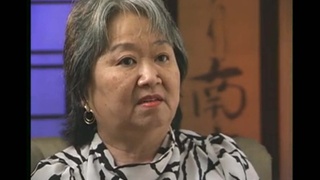
Not recognizing father after reunion at Crystal City, Texas
(1937 - 2021) Teacher

Encountering a train full of Japanese Americans being transported to a concentration camp
(b. 1923) Chick sexer


Need generational change in Japanese community (Spanish)
(1925-2014) La Plata Hochi, Journalist
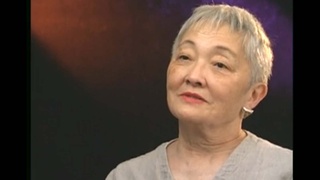



Recalling Pinedale and Tule Lake concentration camps
Judge, only Japanese American to serve on CWRIC.
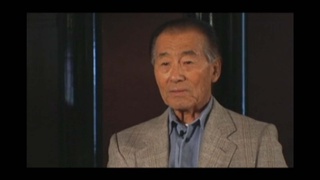
Arrested in camp for trying to leave
(1916-2010) draft resister, helped form the Heart Mountain Fair Play Committee

A visit to Jerome after OCS
(1919 - 2006) World War II and Korean War veteran

Resisting transfer from Jerome
(1919 - 2006) World War II and Korean War veteran
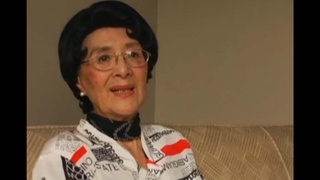
Yoshitaro Amano, Forced to Return to Japan by Prisoner of War Exchange Ship (Japanese)
(b. 1929) President of Amano Museum
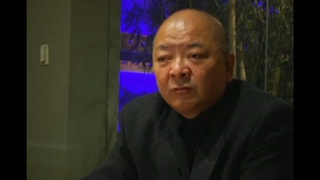
Integrating As First-Generation Japanese-Peruvian (Japanese)
(b. 1962) Japanese restaurant owner and chef in Peru

Peru Representative vs. Japan Representative (Japanese)
(b. 1962) Japanese restaurant owner and chef in Peru

Thoughts on Japan (Japanese)
(b. 1962) Japanese restaurant owner and chef in Peru
